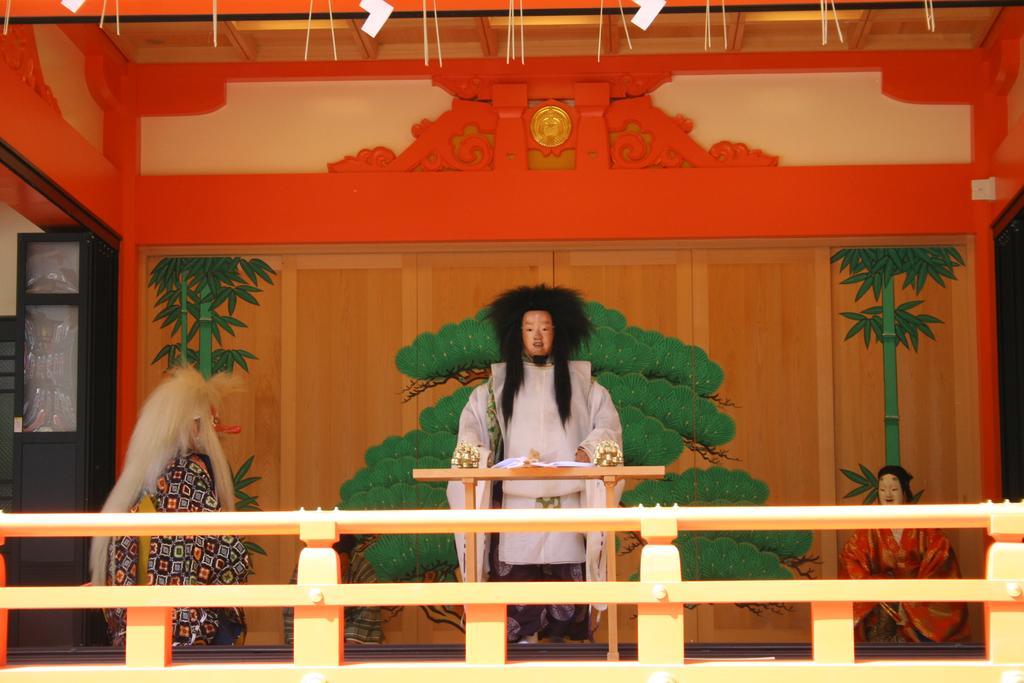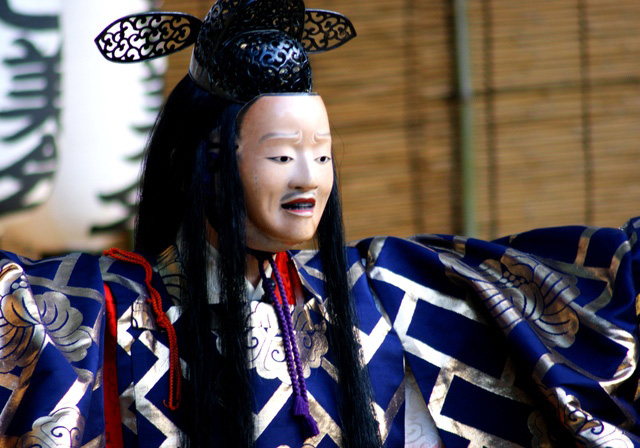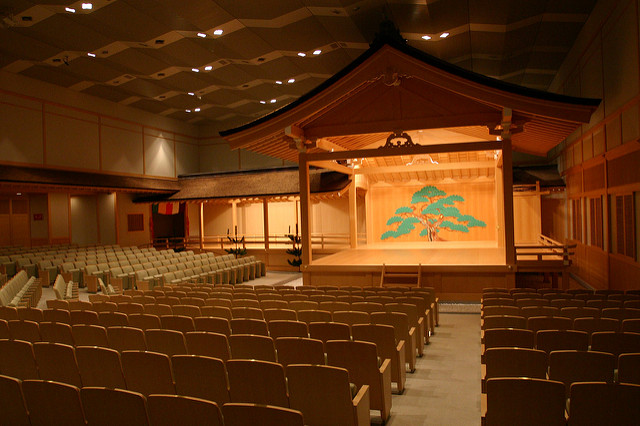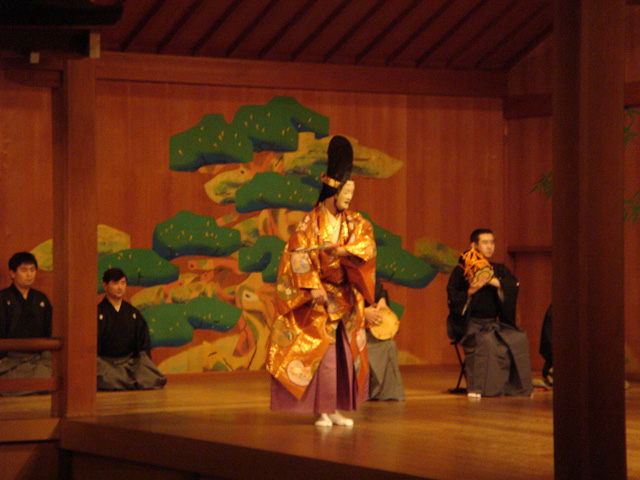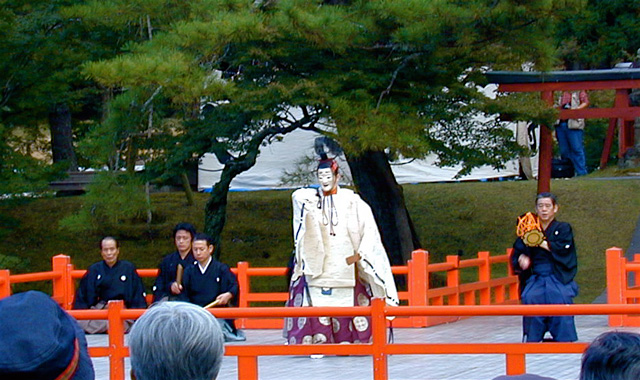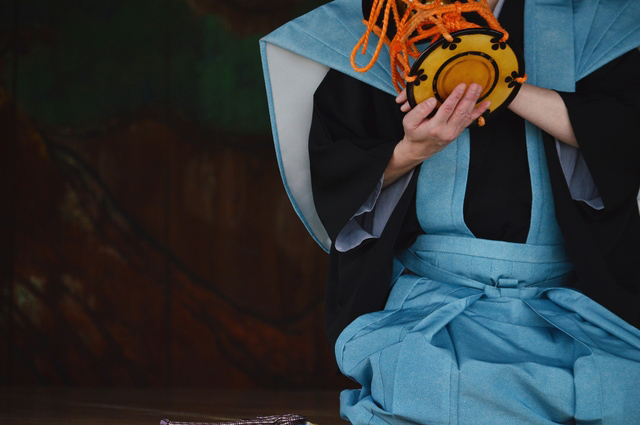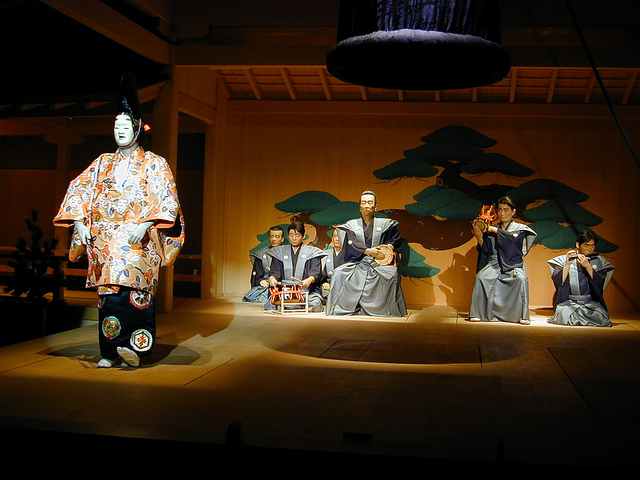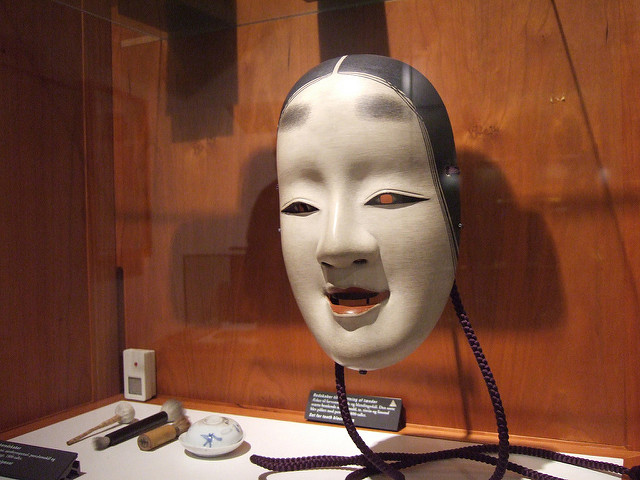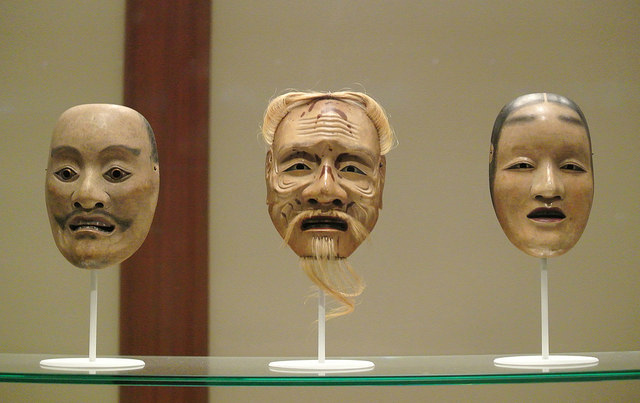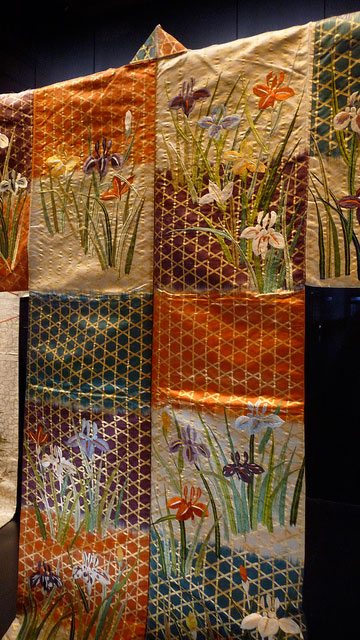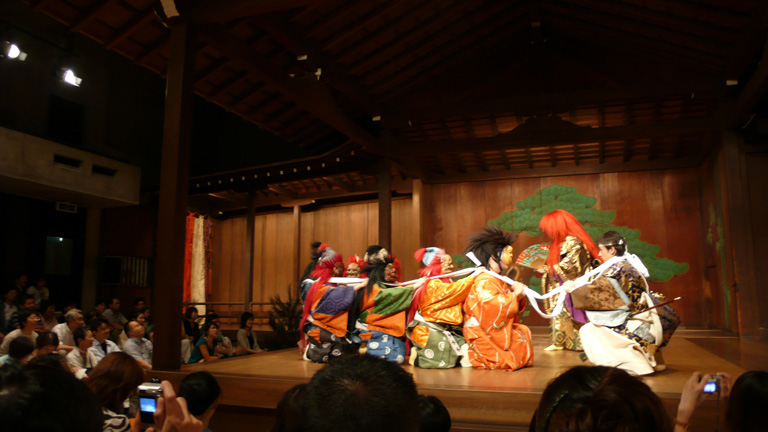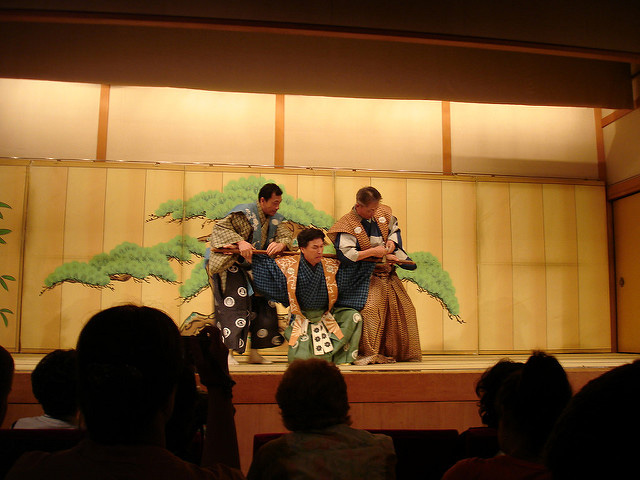
16 Facts You Didn't Know About Noh - Japan’s Traditional Performing Art
You've probably heard about kabuki, but what about “noh?” Noh is another of Japan’s main forms of traditional theater, and while sharing several similarities with kabuki, it is its own distinctive artform worth watching. So, what exactly is noh? And how is it performed? In this article, we’ll share 16 fascinating facts to introduce you to noh theater!
This post may contain affiliate links. If you buy through them, we may earn a commission at no additional cost to you.
Kabuki is a famous important intangible cultural asset. But do you know about Noh (能), which is also one? Here are 16 facts to enlighten you on Noh, and that might make you want to see a play! Here is a site on Noh in English for those who want more information.
1. Noh (能) is a traditional Japanese art form that includes dance, drama and music performed by men.
Eddy Chang/FlickrThe word Noh (能) means function or saving grace, and the Noh play itself. Noh performances sometimes include Nohmen (能面), which are masks made for Noh. I will refer to these in detail later on.
2. Noh is extremely simple.

Simplicity is the heart of Noh. From the stage space, music, performers, make-up--everything is simple. This is often compared to Kabuki (歌舞伎), which is all about decoration.
Our Top Tips
JR Pass for Whole Japan
Explore Japan in the most convenient and economical way with a Japan Rail Pass! It is valid for the majority of railways and local buses operated by JR.
3. Noh stories have 2 parts: Genzai Nou (現在能) and Yume Gennou (夢幻能).
PIXTAGenzai (現在) means now. Genzai Nou is what's exactly happening in the story. Yume (夢) means dream, and gen (幻) means a dillusion. Yume Gennnou is what's happening in a dillusional world. These two worlds intersect and affect each other on stage.
4. Noh has 5 story genres.
Jim Epler/FlickrThese genres are Kami (神), Otoko (男), Onna (女), Kyou (狂) and Ki (鬼). Kami is a story where a god appears. Otoko is a story where the protagonist is a man, mostly a wandering spirit of a killed Bushi. Onna is a story where the protagonist is a woman, mostly a wandering spirit who died with an unrequited love. Kyou is a story where the protagonist is in a state of dismay and confusion. Ki is a story where a supernatural being such as a dragon god (龍神) are protagonists.
5. The stage of Noh is an open space.
kamome/FlickrThere is a hallway, visible to the audience, and a rectangle open space with a roof. That's it for the stage. Performers and musical performers are placed in the same space. The space between the audience and the stage is close, compared to regular drama stages.
6. The Noh performance is called Mai (舞).
Gustavo Thomas/FlickrNow, the word Mai itself means dance. However, Mai in the Noh context doesn't only mean the literal dance parts of the play. It includes the music and all of the movements of the performer.
7. There are many different types of Mai.
Gary Ashley/FlickrThere are 6 types of mainstream Mai: Chuunomai (中之舞), Jyonomai (序之舞), Otokomai (男舞), Kamimai (神舞), Gaku (楽), and Kagura (神楽). Each Mai is performed by a certain role. For example, Kamimai (神舞) is a Mai only done by a performer playing a god. The image above is a moment from a Kamimai.
8. The music parts of Noh consists of 2 parts: Utai and Hayashi.
PIXTAUtai (謡) and Hayashi (囃子) exist on the same stage of the other performers, in the rectangular stage. Simply said, Utai is the musical part that explains the plot and the feelings happening to the characters. Hayashi is the rhythmical part of music, creating a flow for the performance.
Our Top Tips
Japan Shinkansen, Narita Express (N'EX) & Express Train Tickets
Plan ahead by booking your shinkansen, airport train, and express train tickets online in English. Have the tickets sent to you by mail or collect them at the station once you're in Japan.
9. Mai consists of a series of movements called Kata (型).
Mary-chan/FlickrThere are various types of kata. The most basic one is called Kamae (カマエ), which is shown in the image above. You bend your knees a little, fix your center of gravity a little lower than usual, bend your arms so it would look like a circle from the front, and hold a fan (ougi - 扇) in your right hand. There is also a kata to move, which is called Hakobi (ハコビ), and so on.
10. Nohmen are important cultural assets.

Performers put on Nohmen that were made eras ago on stage. Special care of the mask is taken before and after performances. To put on a Nohmen is called kakeru (かける) or tsukeru (つける), which are slightly different ways of expressing the movement of putting on a mask. Usually in Japanese, the verb in the phrase "to put on a mask" is kaburu (かぶる). By expressing this act with kakeru or tsukeru, the performer becomes one with the Nohmen.
11. There are mainly 6 types of Nohmen.
Lebatihem/FlickrThese are Okina (翁), Jyou (尉), Onnamen (女面), Otokomen (男面), Kishin (鬼神), and Onryou (怨霊). For Onnamen, there are more different types.
12. Nohmen performers express the character's feelings through Mai, and shifting their angles by shadowing the Nohmen.
Lorianne DiSabato/FlickrAs you can see from the Nohmen images, most Nohmen don't have a clear facial expression. Nohmen performers express the character's feelings by angling their face a little upwards, which is called terasu (テラス), and by angling their face a little downwards, which is called kumoru (クモル).
13. The eye holes in the Nohmen are extremely small.

Therefore, the performers have very restricted eye sight. Performers must play their parts in this limited capacity. Because of this, Noh stages place pillars in certain areas to avoid collisions.
14. Noh costumes have a set of rules.
feministjulie/FlickrNoh costumes are called Nou Shouzoku (能装束). The most famous costume would be the Karaori (唐織), which is shown in the image above. Karaori is used for a jacket for the female character. Every character has a rule in their costumes. For example, costumes with red represent a young woman, and costumes without red represent a woman in her middle ages or older. White is the most prized color in Noh Shouzoku.
15. Kyougen (狂言) shares the same music with Noh.
katsu/FlickrKyougen and Noh share the same music, but are fundamentally different in what stories they tell. Kyougen stories are comedic. The stories are based on everyday people, or even animals. For example, there is a kyougen called Kasumou (蚊相撲), which is about a mosquito fairy that turns itself into a sumo wrestler to suck blood.
16. Kyougen has 2 types: Hon Kyougen (本狂言) and Ai Kyougen (間狂言).
Ivan Fourie/FlickrHon Kyougen is a play that is performed between Noh programs. Ai Kyougen is a play that is performed in one Noh program. When you say kyougen, it usually means Hon Kyougen.
The information in this article is accurate at the time of publication.

